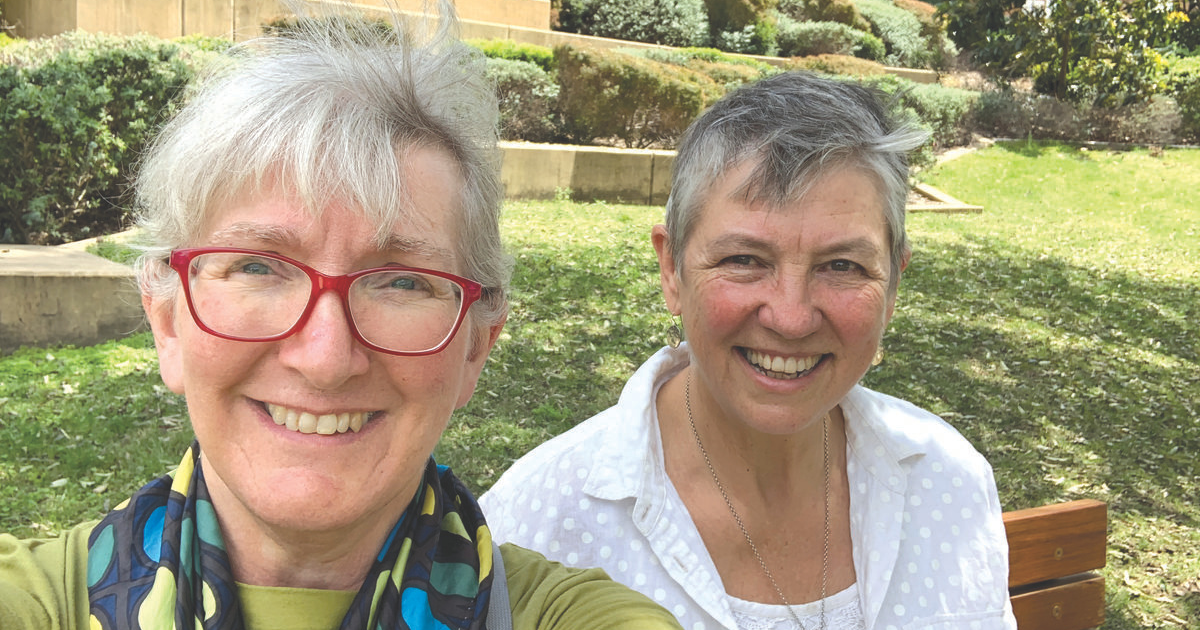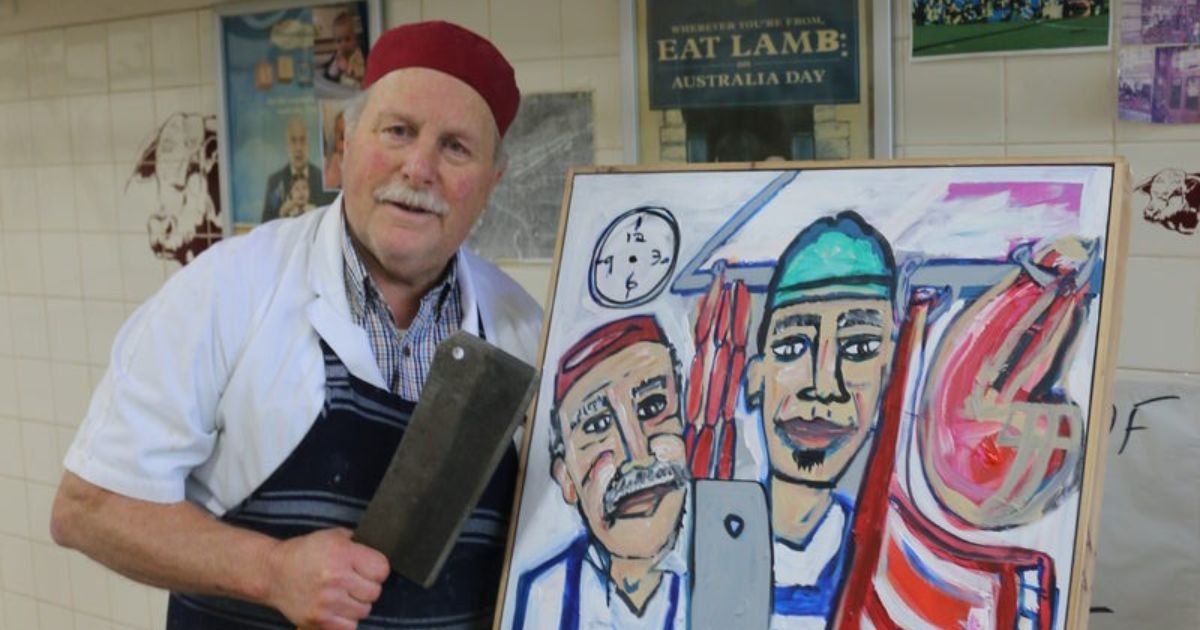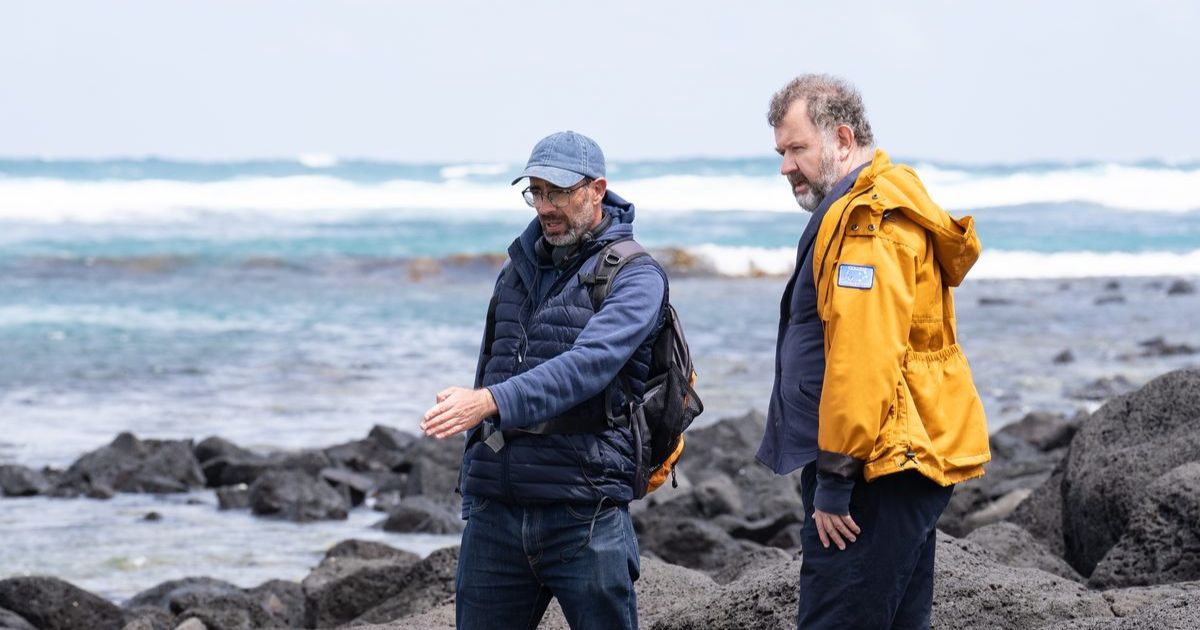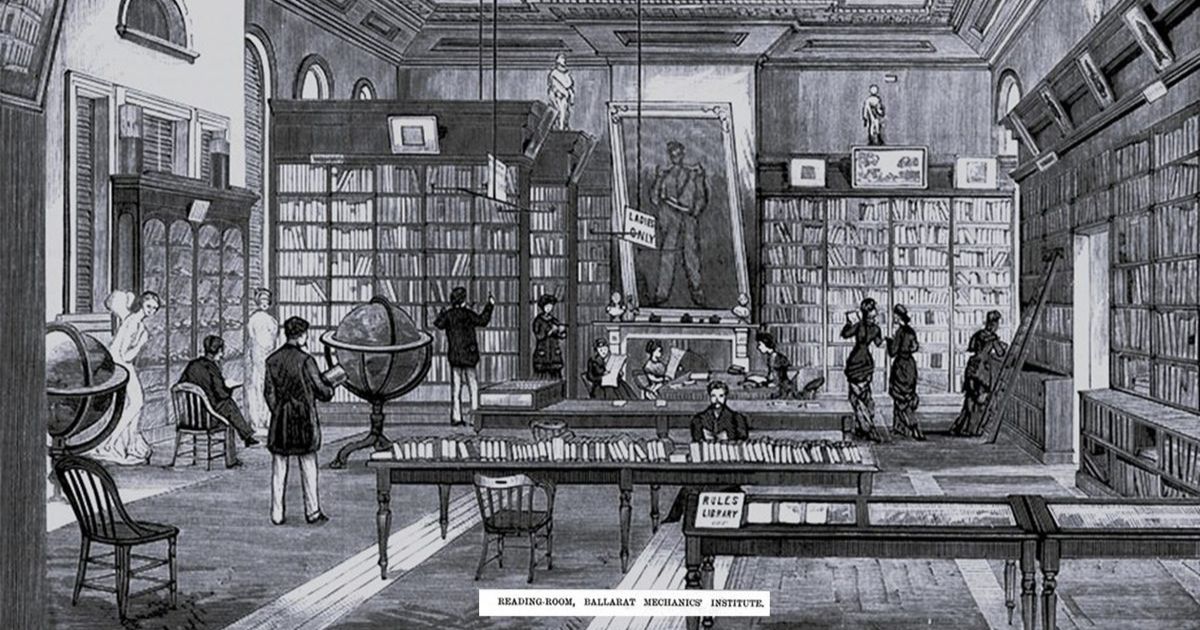Uncover the links between wool and war

Researchers: Madelyn Shaw and Dr Trish FitzSimons caption are uncovering connections between wool, war and clothing consumption habits. Photo: SUPPLIED
MADELYN Shaw and Dr Trish FitzSimons will be at the Eureka Centre exploring how competition for wool during wartime led to current unsustainable consumption habits.
The talk will be based on the pair’s new book, Fleeced: Unravelling the History of Wool and War.
The book details how wool became a vital resource during World War One which influenced the course of the conflict
“This is an international story with Australian wool at its heart,” Dr FitzSimons said.
“Keeping men alive in wet, muddy trenches for days and months and weeks and sometimes years on end, wool was an absolutely vital resource.”
Dr FitzSimons first became interested in the topic when she uncovered letters from her grandpa.
“There’s six generations at least of the men in my family, in my mother’s family, who were wool buyers, including my grandpa,” she said.
“He spent about 80 years of his life wool buying, and I had a transcript of letters he had sent to my great-grandparents.
“In 2014, I’m heading to America on research leave and I read those letters and they’re so interesting, including about the way that in war time in a cold climate… wool becomes an absolutely vital strategic commodity.”
On a trip to New York, Dr FitzSimons contacted Shaw and the pair began to uncover further links between wool and conflict.
“We’re in New York, my husband’s never been there before, and we walk though Central Park and just happen onto the New York City Museum,” she said.
“There is an exhibition about textiles in the United States Civil War… that exhibition was done by my co-author Madelyn Shaw and her then co-author. “I thought I’ve got to find this woman, and I did.”
The book argues that wool shortages during World War One had a lasting impact as the supply chain began to use substitutes and then synthetic alternatives which now dominate fast fashion.
“In the First World War Britain controls, and sets out to control dominions, Australia and New Zealand particularly, that this vital resource will be for them and they blockade Germany from getting anything,” she said.
“This control over wool during war time leads the nations that are manufacturing nations, but that don’t have enough wool of their own, to develop first substitutes like paper and seaweed… and then complete synthetic alternatives.”
Dr FitzSimons said she hopes the research encourages people to consume more mindfully and buy the best quality textiles they can.
“History is important to me as it might help to stop unthinking consumption,” she said.
“We just need a whole new aesthetic and set of ethics around fashion, and I think understanding how we got here it might help us to get there.”
The free talk will occur at the Eureka Centre Ballarat on Thursday 7 August from 5.30pm.


















